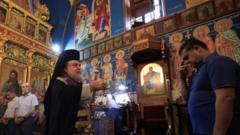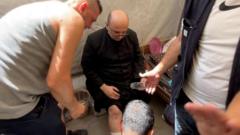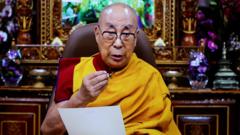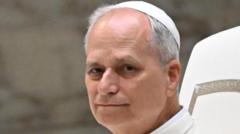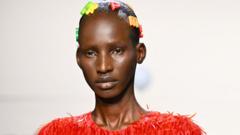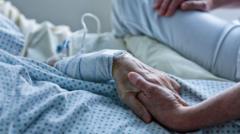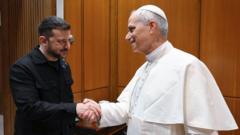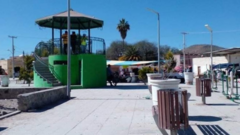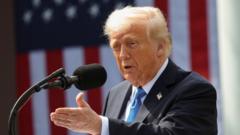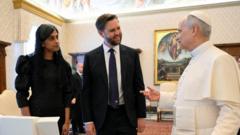The upcoming conclave for the election of the new pope reveals significant divides among cardinals, influenced by the legacy of Pope Francis and the differing realities of the global Catholic community.
Behind the Scenes at the Vatican: The Conclave's Key Dynamics
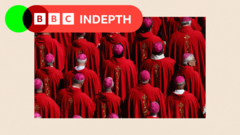
Behind the Scenes at the Vatican: The Conclave's Key Dynamics
As the Vatican prepares for the conclave, cardinals confront diverse challenges and diverse perspectives shaping the Catholic Church's future.
In the lead-up to the conclave set for May 7 at the Vatican's Santa Marta guesthouse, a significant room remains untouched, a stark reminder of the late Pope Francis. For twelve years, Francis reshaped the Catholic Church, steering it towards a more inclusive approach focusing on global poverty and marginalization, while also curbing the Vatican's hierarchical tendencies. As 133 cardinals prepare to cast their votes, discussions around what the Church needs from their next leader have been varied and heated.
Pope Francis, who appointed about 80% of the cardinals now voting, made a considerable impact on global outreach during his papacy. His appointments notoriously prioritized geographical diversity, and the representation from regions like South Sudan and Papua New Guinea marks this conclave as the most diverse in history. This is a pivotal moment, as each cardinal reflects distinct priorities and challenges within their regions. For instance, while European cardinals may seek revitalization strategies to re-engage dwindling congregations, counterparts from Africa or Asia primarily focus on urgent social issues like poverty and conflict.
The new pope must not only inherit a deeply spiritual role but also embody statesmanship. The Vatican's influence on global issues, despite its size, escalates its leadership importance. Francis amplified the Vatican's voice on humanitarian matters, yet his papal vision left some supporters confused about its practical applications. Overall, many followers and even those outside the faith remain invested in the legacy and direction of the Catholic Church.
As cardinals gather to weigh options, they face an internal schism fueled by traditionalists and reformists. Some traditionalists have posed concerns about Francisco's progressive impact on Church governance. Yet, the sentiments expressed during the late pope's funeral suggested a yearning for continuity in advocating for migrant dignity and environmental concerns. The new pope's challenge will be to bridge gaps and appeal to a broad spectrum of the faithful while fostering unity within the hierarchy.
Ultimately, the decision lies within the walls of the Sistine Chapel, where the cardinals will balance their pragmatic concerns with spiritual guidance in their choice of a leader to carry forward the foundation laid by Pope Francis.
Pope Francis, who appointed about 80% of the cardinals now voting, made a considerable impact on global outreach during his papacy. His appointments notoriously prioritized geographical diversity, and the representation from regions like South Sudan and Papua New Guinea marks this conclave as the most diverse in history. This is a pivotal moment, as each cardinal reflects distinct priorities and challenges within their regions. For instance, while European cardinals may seek revitalization strategies to re-engage dwindling congregations, counterparts from Africa or Asia primarily focus on urgent social issues like poverty and conflict.
The new pope must not only inherit a deeply spiritual role but also embody statesmanship. The Vatican's influence on global issues, despite its size, escalates its leadership importance. Francis amplified the Vatican's voice on humanitarian matters, yet his papal vision left some supporters confused about its practical applications. Overall, many followers and even those outside the faith remain invested in the legacy and direction of the Catholic Church.
As cardinals gather to weigh options, they face an internal schism fueled by traditionalists and reformists. Some traditionalists have posed concerns about Francisco's progressive impact on Church governance. Yet, the sentiments expressed during the late pope's funeral suggested a yearning for continuity in advocating for migrant dignity and environmental concerns. The new pope's challenge will be to bridge gaps and appeal to a broad spectrum of the faithful while fostering unity within the hierarchy.
Ultimately, the decision lies within the walls of the Sistine Chapel, where the cardinals will balance their pragmatic concerns with spiritual guidance in their choice of a leader to carry forward the foundation laid by Pope Francis.

